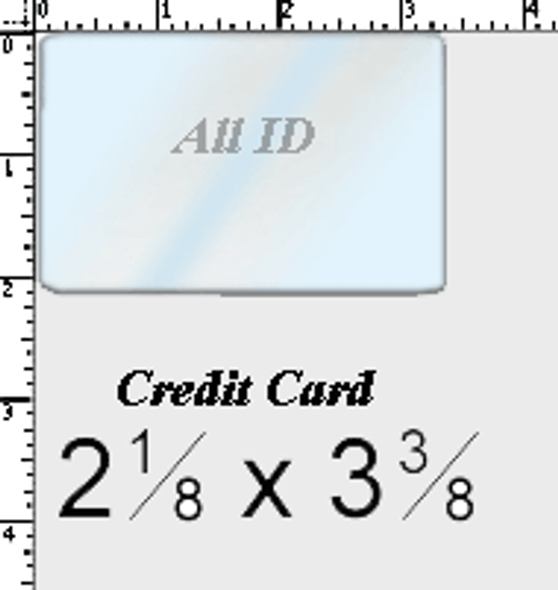Articles
How Does a Credit Card Imprinter Work?
- SKU:
- How Does a Credit Card Imprinter Work?
- UPC:
- How Does a Credit Card Imprinter
Description
The early days of credit cards use, all transactions were recorded by had. The merchant would have to fill out a sales slip using the information on the customer credit card. The merchant would have the grueling process of having to write down, by hand, the customer's name, credit card number, expiration date and personal contact information. Then the slip was sent to the account provider to take the correct amount out and transferred it to the merchant's account. was developed by Articles. Articles specalizes in developing premium products. All ID focuses on sourcing the newest and most advanced products. This product was sourced by All ID because it is one of the top rated products manufactured by Articles.
The early days of credit cards use, all transactions were recorded by had. The merchant would have to fill out a sales slip using the information on the customer credit card. The merchant would have the grueling process of having to write down, by hand, the customer's name, credit card number, expiration date and personal contact information. Then the slip was sent to the account provider to take the correct amount out and transferred it to the merchant's account.
Processing the account information often resulted in errors. The human ability for errors is impossible to overcome. Incorrect billing and failed transactions and be attributed to handwriting, or just written wrong. Anyone can usually read their own writing; it can often be next to impossible to decipher the writing of a stranger.
With the invention of the credit card imprinter, human error was drastically reduced. The way an imprinter works: The merchant attaches a small metal plate to the bottom of the imprinter. The small metal plate has embossed (raised lettering) that contains the merchant's account information. The customer's credit card is placed at the bottom of the imprinter, next to the merchant's plate.
Then a pre-printed sale slip that all of the necessary merchant information for the transaction is placed on top of the card and plate. With applied pressure the blue ink is recessed onto the slip made of carbonless copy paper.
The operator then slides a roller across the slip. The roller is attached to the imprinter applies the correct amount of downward pressure onto the slip. This forces the slip to press down on the embossed characters of the credit card and merchant plates, creating an accurate recording of all credit card information. Although the card was copied, the transaction amount, customer's signature and personal contact information still need to be written by hand on the slip.
Today, credit cards have a magnetic strip that contains digitally encoded data. All transactions are recorded electronically. This makes the credit card imprinter obsolete, but not quite. If the merchant's system goes down, or the merchant is conducting business in an area without power, the imprinter is still the best choice.







